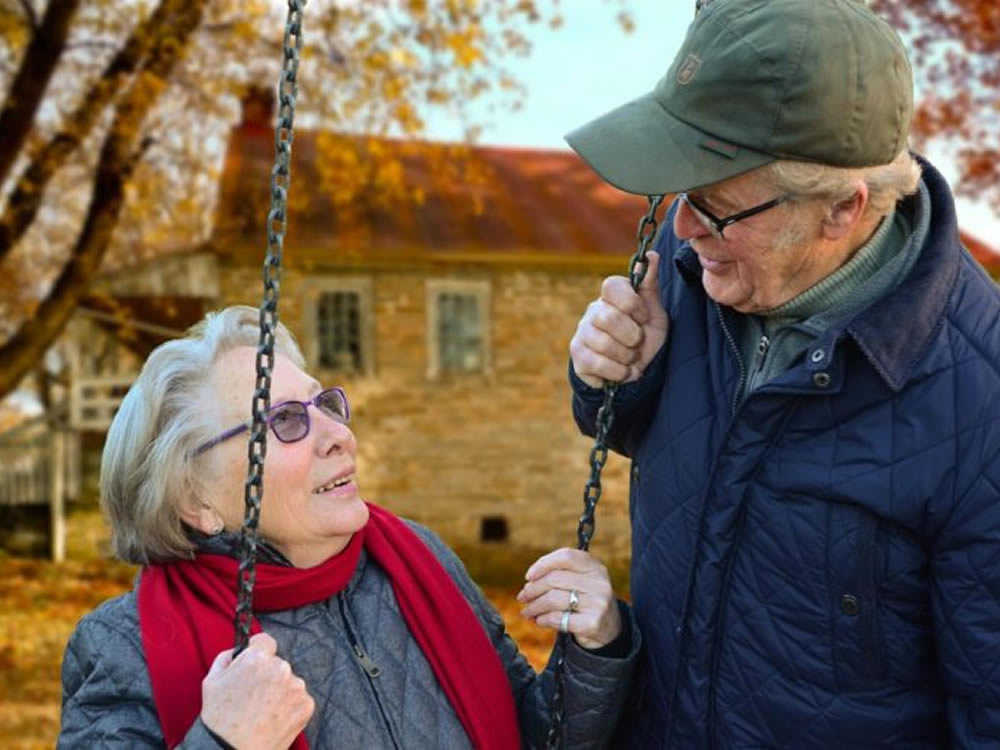For many of us, our home is our largest asset. It also represents one of the biggest decisions to be made in retirement. Choosing whether to stay in your home or to move is a common consideration, as you enter retirement or at a later date. There are a multitude of things to contemplate, including location, family and friends, memories, climate, home maintenance, finances, and your health, just to name a few.
If you, a family member or a friend are deliberating on this topic, SageVest Wealth Management offers some insights into the most important aspects of this decision, to help you evaluate your housing options, now and longer-term.
Staying In Your House
For most of us, home is where the heart is. It’s filled with memories, it’s comfortable, and you’re settled in your community.
Staying in your home may be the easiest decision. You avoid the disruptions of moving, as well as the costs associated with selling, moving, and purchasing elsewhere. However, you also have to evaluate the costs of maintaining your current property, including its upkeep, taxes, and monthly running costs like utilities.
If you’re deliberating whether to stay or move, it’s advisable to explore long-term planning projections that help you isolate and understand the financial savings and expenses of various options. While the financial component is only one element of the decision, it’s the easiest one to quantify. This makes planning a worthwhile exercise as part of the broader decision process.
Test Drive A Move
Once you sell, you can’t move back. This can be devastating emotionally (if you’ve lived in your home for years and then have regrets), and financially, in terms of transaction costs and moving expenses.
Before making a move, a strong piece of advice is to test your plan – to the extent possible. This can often be achieved by renting for a period of time, to try out a housing scenario similar to what you’re seeking, or a specific location; all without committing or selling your current home. If you’re thinking of moving to a new area, we recommend staying for several months. This gives you time to establish new friendships and experience seasonal changes. Furthermore, if you’re moving to be closer to your children, make sure that they’re relatively settled before you move. The last thing you want to do is make a move closer to your family members, only to see them move away because of work or other commitments.
Downsizing
A common goal, particularly after your children become independent, is to downsize. Moving to a smaller home can be a wise decision. It allows you to get rid of unwanted clutter, and reduced home maintenance demands frees up time and financial resources for other enjoyment in retirement. If you’re considering transitioning from a single family home to a townhouse or a condo, make sure you understand the pros and cons of each choice.
Townhouses offer more space and autonomy than condos or apartments, and require less yard maintenance. However, they may also include more stairs, which can become a challenge as you age. Think in advance about whether townhouse living is right for you, and be sure to inquire about costs such as home owner association fees.
Condos and apartments offer low maintenance living with everything taken care of, except what’s inside your unit. It can be a simplification dream-come-true, and it’s often ideal for aging in place. That said, it’s distinctly different than single family home living. You need to make sure you’re ready to share life with your neighbors in close proximity. It also involves a monthly condo fee, which can increase annually or entail special assessments for large building costs. Be sure to look at condo documents carefully before buying.
Finally, a common goal with downsizing is to move to a more urban, more walkable area. If this is your objective, be sure to check out the cost of housing in your desired area. Downsizing into the city might not entail large cost savings, as the prices of more pedestrianized areas with better public transportation options have dramatically risen in recent years.
Your Dream House
Another common goal is to buy or build your dream home in retirement, filled with features that you’ve always dreamed about. Yours might be a modest home, but dream homes generally tend to become bigger rather than smaller. Before you commit to changes, carefully consider all the upfront and upkeep costs of a new property, particularly relative to your other retirement objectives, such as travel.
If you’re thinking about a new location, consider our comments above, about renting and proximity to family, friends, resources and more.
Aging In Your Home
Whether you plan to stay in your own home, downsize, or find your dream home, there are a number of long-term considerations, particularly if you intend to age in your home. Thinking in advance about the logistical and financial feasibility of remaining in your home will give both you and your family peace of mind, when you share your plans. Topics we recommend for research and consideration include:
- Upkeep & Maintenance: Explore service providers and costs for yard care, home maintenance, cleaning and other services that you might require.
- Family and Friends: Consider who is nearby, who could help you when and if needed, and what level of support might be realistic versus what might be a burden.
- Grocery Delivery: Many cities have grocery delivery available. If not, you might need to hire someone to take you to the store or deliver groceries. Meal delivery, including Meals on Wheels is another helpful option.
- Transportation: Think about transportation alternatives in the event you’re no longer able to drive. These might include buses, taxis or home care services.
- Housing Features: Some homes are more conducive to aging than others. Two primary considerations are steps and bathrooms. You might need to consult with a universal design contractor to determine how your home could be adapted.
- Care Providers: It’s important to be open to bringing someone into your home, especially when it becomes prudent for your safety. In the event that you might require in-home care, it’s better to do your research in advance rather than during a moment of crisis, when you may not be able to fully participate in the decision. It’s important that you’re comfortable with the options available and that you can support the cost structures involved.
- Back-Up Plans: Finally, if more advanced care is required, we also recommend advance research of care facilities; again with an objective of ensuring you’re comfortable with the options available and the cost structures relative to your resources.
Retirement Communities
The primary alternative to aging in your home is to move into a retirement community. These communities are equipped with resources and services, and often include transitional living facilities should you require more advanced care in the future. Furthermore, they promote vitality through organized efforts, socialization, activities and more.
Moving into a retirement community is a big decision. It can also be a big financial commitment, often including a large down payment plus monthly fees. A few down payment options are typically offered, including lower non-refundable amounts or larger partially-refundable options. Beyond the initial down payment, monthly fees covering various community services and sometimes meals, can run into the thousands. These amounts may or may not be partially deductible as medical expenses.
Should you require additional care later on, such services are typically available but at an extra cost, and may involve a physical move to another area within the retirement community.
Moving In With Relatives
Finally, you may be able to move in with family or friends during retirement. In such case, the house might be move-in ready, or it might require improvements or expansion. If you elect to fund significant costs, the primary thing to consider is how to protect your investment if you’re not the owner, or how to later equalize the investment among other family members. Beyond any upfront costs, it’s wise to discuss sharing of expenses and potential wages to family members, should they become your care providers. Just as important as finances, you need to consider how such a move may impact your relationships with your family members, as well as the other relationships in the house and within in the family.
If housing decisions in retirement are at the forefront of your mind, we encourage you to contact us. Planning is the wisest step forward, and SageVest Wealth Management can help you to better frame your financial and other considerations, to help guide your decision making.




